Gunter Luttgens, Norman Wilson9780750627825, 0-7506-2782-4
Table of contents :
Contents……Page 4
Foreword……Page 8
Acknowledgements……Page 10
1.2 Conditions for ignition……Page 11
Solid fuels……Page 13
1.2.2 Oxygen……Page 14
1.2.3 Ignition sources……Page 15
1.2.4 Summary……Page 16
1.3 Minimum ignition energy……Page 17
Gases and vapours……Page 18
1.3.2 Dependence of MIE on oxygen concentration……Page 20
1.3.3 Overview……Page 21
1.4 Literature……Page 23
2. Origin of static electricity……Page 24
2.1 Double layer charge……Page 25
2.1.1 Charge separation……Page 27
2.2.1 Charging of flowing liquids……Page 29
2.3.1 Decrease the interfacial area of contact……Page 30
2.3.2 Use of the triboelectric series……Page 31
2.3.3 Reduce the surface resistivity……Page 32
2.4 Electrostatic induction……Page 34
2.5.3 Volume charge density……Page 38
2.5.6 Field strength……Page 39
2.5.9 Volume resistivity……Page 40
2.5.12 Capacitance……Page 41
2.6 Static charges on the clothing and the body……Page 42
Incendiary discharges……Page 43
2.6.2 Static discharges from clothing fabrics……Page 46
2.7 Literature……Page 48
3.2 Mechanisms of gas discharges……Page 49
3.3 Types of gas discharge……Page 50
3.3.1 Corona discharges……Page 51
Corona neutralizers for static elimination……Page 53
3.3.2 Brush discharges……Page 55
3.3.3 Super brush discharges……Page 57
3.3.4 Cone or bulking discharges……Page 59
Propagating brush discharges on shielded systems……Page 60
3.3.6 Spark discharges……Page 62
3.4.1 Assessment of ignition energy……Page 63
3.4.2 Table of incendivity……Page 64
3.5 Traces left by gas discharges……Page 65
3.6 Literature……Page 66
4. Principles of safety……Page 68
5.1 Ignition in a heated tank containing diphenyl……Page 72
5.2 Pouring flaked product into an agitator vessel……Page 74
5.3 Filling pipe blocked with sulphur leading to the ignition of methanol……Page 76
5.4 PE liner slipping out of a paper bag……Page 77
5.5 Ignition caused by an antistatic PE bag……Page 78
5.6 Impregnation of a glass fibre fabric……Page 79
5.7 Shaking fine dust out of a PE bag……Page 81
5.8 Ion exchanger resin in toluene……Page 82
5.9 Pumping polluted toluene……Page 83
6.1 Plastic foam released from an autoclave……Page 86
6.2 Dust explosion in a silo……Page 87
7.1 Plastic tube used in the pneumatic conveying of powder……Page 89
7.2 Plastic pipe used in the pneumatic conveying of powder……Page 91
7.3 Plastic injector in a jet mill……Page 92
7.4 PE liner in a metal drum……Page 94
7.5 PE liner in a paper drum……Page 96
7.6 Polymethylmethacrylate (PMMA) window pane in the silo of a granulating plant……Page 97
7.7 PP coated expansion pipe……Page 99
7.8 Plastic tank inside a metal mould……Page 100
7.9 Literature……Page 101
8.2 Rotating beater dryer (1)……Page 102
8.3 Explosion of a resin powder in a metal drum……Page 104
8.4 Dust removal from tablets……Page 106
8.5 Filter bag with a supporting framework……Page 107
8.6 Filter fabric containing interwoven steel fibres……Page 109
8.7 Explosion when emptying a metal drum……Page 111
8.8 Filter fabric made partially conducting by a flame- proofing agent……Page 113
8.9 Emptying a tumble dryer……Page 115
8.10 Cyclone separator set up on a drum……Page 117
8.11 Fire caused by an antistatic PE bag……Page 118
8.12 Pouring powder into an agitator vessel……Page 119
8.14 Grinding solvent-wet plastic……Page 120
8.15 Rotating beater dryer (2)……Page 122
8.16 Shovelling solvent-wet powder……Page 123
8.18 Emptying a drum via a glass pipe……Page 124
8.19 Funnel with a Mucon outlet……Page 126
8.20 Metal valve in a glass apparatus……Page 127
8.21 Spark discharge from an isolated metal flange……Page 128
8.22 Rubber hose with a supporting helix……Page 129
8.23 Isolated steel spacer in a metal pipe……Page 131
8.24 Filling a metal drum on mobile scales……Page 133
8.25 Slicing solvent-wet plastic……Page 135
8.26 Application of rubber adhesive……Page 137
8.27 Valve with a corroded PTFE coating……Page 138
8.28 Fire during a coating process……Page 140
8.29 Polyvinyl chloride (PVC) hose partially wetted with water……Page 141
8.30 Glass vessel containing a mixture of toluene and water……Page 142
8.31 Person wearing protective gloves……Page 144
8.32 Running off ethylene oxide into a plastic bucket……Page 145
9.1 Pouring powder into oleum……Page 147
9.2 Fire produced on draining off residual benzene into a plastic drum……Page 149
9.3 Shovelling solvent-wet powder……Page 152
9.4 Fire in an agitator vessel……Page 153
9.5 Fire inside a filter casing at the top of a silo……Page 154
9.6 Fire in a solvent cleaning area……Page 156
9.7 Literature……Page 159
10.1 Metal crates containing plastic bottles……Page 160
10.2 Cutting PE foam……Page 161
10.3 Carbon dioxide fire extinguisher……Page 162
10.4 Propagating brush discharge at a PP expansion pipe……Page 164
10.5 Loading parcels into a postal van……Page 166
10.6 Static in motor vehicles……Page 167
Index……Page 170
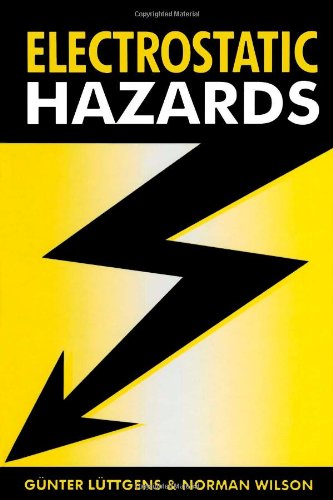
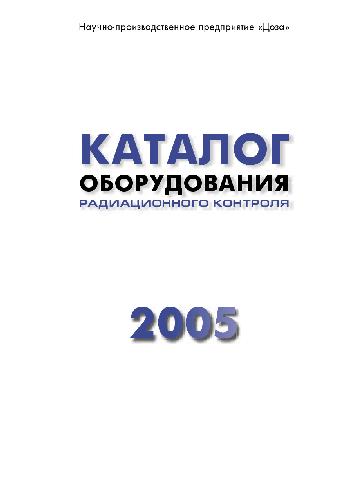
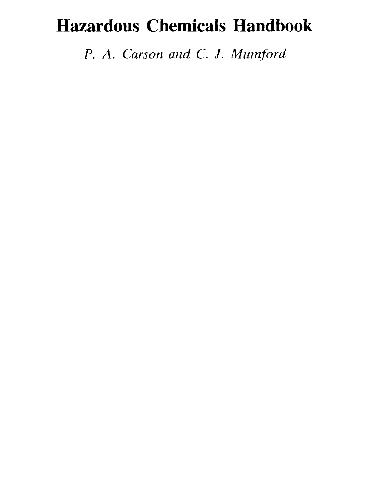

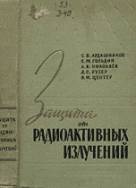

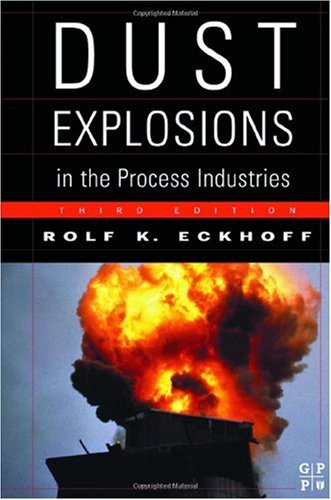
Reviews
There are no reviews yet.